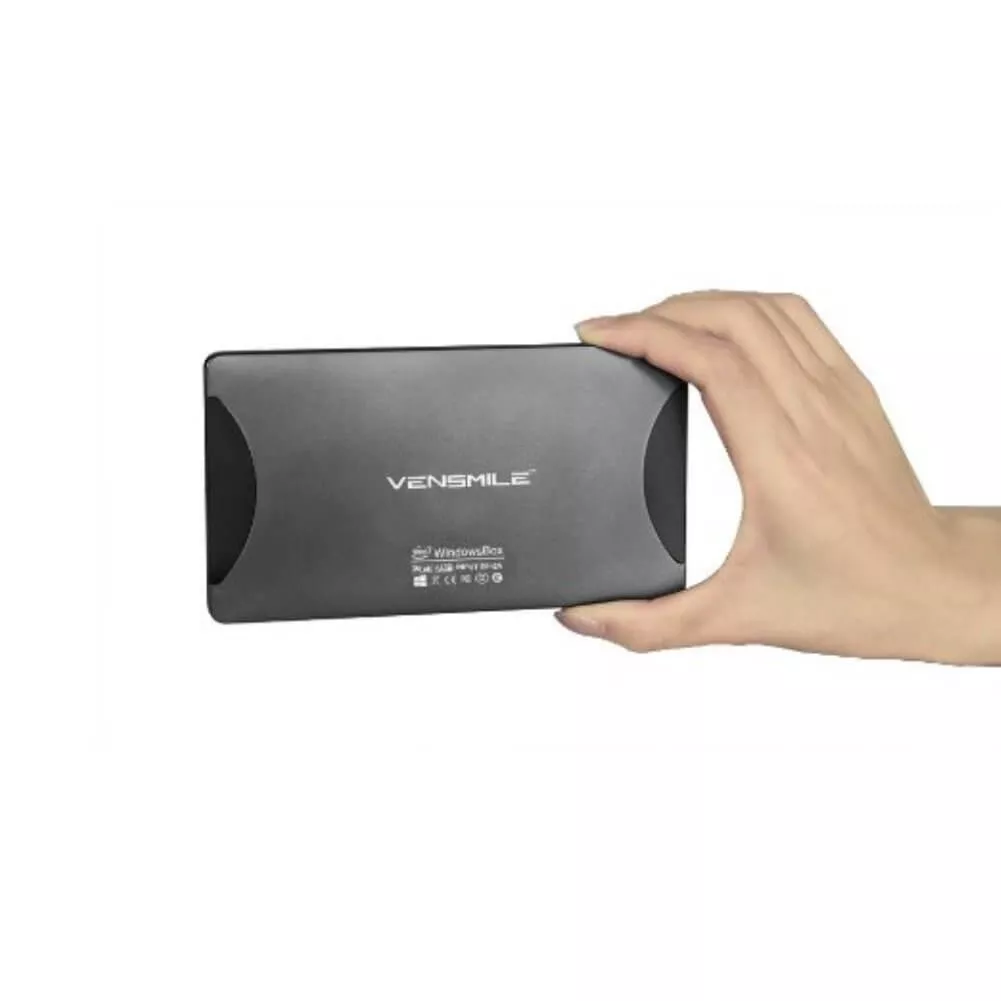Unorthodox Computer Challenge : Trial 1 – Vensmile Windows 10 Mini PC

I will be spending the next two weeks with the most orthodox of the machines I have selected for the unorthodox computer challenge, the Vensmile Windows 10 Mini PC. Dont let this fool you however, while this computer is technically a full fledged Windows Desktop – it is hard to find a great use-case for such a machine as it is not powerful enough to do much and the performance leaves a lot to be desired.
Disclaimer: This Page Has Been Archived
Please note that this blog post has been archived and may contain information that is outdated, defunct, or covers topics that are no longer of interest. It is being kept available solely for reference purposes, in case others might find portions of it useful.
For more recent and up-to-date tutorials, I recommend visiting KMyers.me or other websites that specialize in the topic you are interested in. It is always advisable to seek the most current information to ensure accuracy and relevance.
The desktop computer “tower” is smaller and lighter than my desktop computer and actually comes with a fairly nice selection of ports. The computer has 2 full sized USB 2.0 ports, 1 MicroHDMI, Headset and a single MicroUSB port to charge and power this unit – That’s right, this thing is powered by a simple 5v 2.1 amp cell phone charger! Inside of the case of the machine rests a 3,000 mAh battery that gives this a sense of portability, which I honestly cannot understand why.
Under the hood of this machine is a quad core Intel Bay Trail Intel Atom Z3735f CPU with a whopping 2 GB of DDR3 RAM. The 64 GB of built in eMMC storage can be augmented via a MicroSD card slot to allow you to double its onboard storage. I will not lie, the built in eMMC storage is painfully slow at times.

This computer ships with a licensed copy of Windows 8.1 (with Bing) and no additional bloatware at all. The lack of bloatware is a huge positive as I am sure that if a copy of McAfee would have likely made this computer explode. The one shocking oddity about how Windows was installed on this machine is that the eMMC is only partitioned into a 32 GB primary partition with the other 32 GB left un-allocated, this likely means Vensmile uses the same image on both the 32 GB and 64 GB versions of this machine. I did do the upgrade to Windows 10 without issue and installed all Windows updates.
The one area that I am pleased to see that Vensmile did not make any cutbacks on is the WiFi and Bluetooth modules. You will find support for Bluetooth 4.0 which allows you to add Keyboards and Mice to keep those 2 USB ports free for other devices. This unit packs support for both 2.4 GHZ and 5 GHZ WiFi networks, a rarity even on machines that cost 4 times the price.
Speaking of price, the entire unit retails for (Affiliate Link)as little as $139.99 on Amazon.com! The box even includes the MicroHDMI to HDMI cable and a MicroUSB cable to get you started. How many other desktop computers can you put in your pocket when you are done using it?
I will be running a stock version of Windows 10 (32 bit) with all Windows updates for this test. As the browser, I will use my defacto copy of Google Chrome.
As I just wrote this entire blog post on the Vensmile Mini PC I am already starting to run into things that will make the next 2 weeks difficult. I am used to having 8-12 Chrome tabs open at a time yet this machine chokes at 4 so multitasking will be kept to a minimum. I am normally used to having YouTube or Google Play Music running in the background while I am doing some work, which slows this machine to a crawl. The MicroHDMI cable is designed to run a single display at 1080p however via a DisplayLink docking station, I am pushing double that which is also causing performance to suffer.RAM management will clearly be the biggest problem I will run into as 2 GB of RAM is just not enough to do a lot with.
The next 2 weeks will force me to find solutions to cope with the limited resources on this machine. I will post periodic updates as the week progresses with the solutions that I have come up. Needless to say, this will be like using a 2010 era netbook as a developer workstation.
This test will run from November 01 – November 14th, 2015